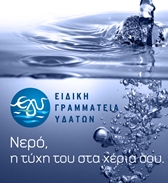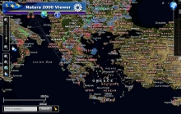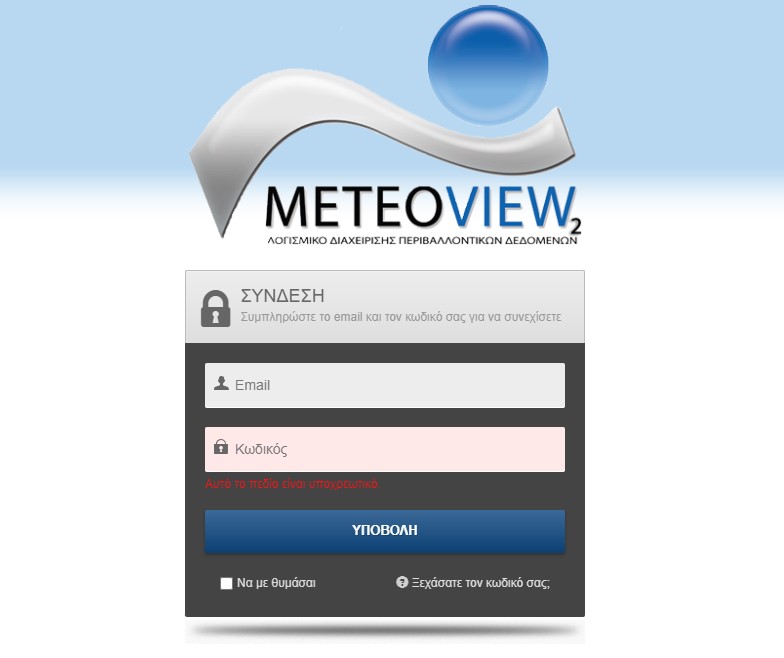Archeological findings & History
The abundance of natural resources combined with the security provided by the shallow watersand the distinct swampy formations, permitted the inhabitation and the thriving of the area, since ancient times.
The archaeological findings in the greater area indicate the existence of at least three important ancient cities: Calydon, Plevrona, Oiniadai.
1. Kalydona: Ancient city of Aetolia near the Evinos river, founded according to mythology by Calydon, son of Aetolus and Pronoe. There are remains of an ancient theater and an acropolis, set against Mount Varasova in the background.
2 Pleurona (Plevrona): Built on a low rocky hill with remains of an acropolis. Its location near the Messolonghi salt marshes and lagoon may have been crucial for controlling the natural resources, maritime routes and land routes of the areaHere, according to mythology, Hercules fought with the River-God Achelous and tamed him, offering prosperity in the region!
3. Oiniadai: An ancient city of Akarnania built near the mouth of the Acheloos River. Probably named after King Oinias, this site boasts remains of an impressive ancient theatre and ancient stone walls.The myth connects them with the Argonautic Expedition, and even with the Trojan war.
Cemetary of Stamna: One of the biggest ancient cemeteries in Western Greece with rich archeological interest. The most important part was used for burial clusters in the flat areas northwest of the Etoliko lagoon.
Ithoria: The ruins of Ancient Ithoria lie next to the community of Agios Ilias in the Etoliko region. Archeologists have found tombs from the Mycenaean and Geometric eras, with many artefacts now in the Archeological Museum of Agrinio.
Alikyrna: This ancient city from the 4th century ΒC came to light while excavating the Ionia Odos highway recently. Its foundations can be seen near the community of Hilia Spitia.
Roman Baths: A collection of baths from the Roman era in Agios Ioannis not far from . Visitors can see remains of a well, bathing chambers, changing rooms and a sudatorium.
The archaeological research revealed also monuments of the early Christian and Byzantine period:
- Panagia, (Madonna), the Panaksiotissa Archangels of Gouria
- Religious centers, monasteries, churches and scattered chapels.
- Panagia of Paleokatouna Archangels of Neochorion, Eglistras Cave, Agios Nikolaos
- An important culture was developed around Messolonghi Lagoon, starting from the classical period, the Byzantine period, and later, in modern times. Many early Christian monasteries were founded.
- Cave temples, also, Mastro's Episcopate temples located at the sea perimeter as well as inside the lagoon.
- St. Sostis
- The places of worship, old and modern, St. John, Tholi laggon are very strongly connected with the history during Ottoman times,
- St. Trinity, Kleisova both as a base and as a refuge.
- A typical example is Varasova, where we find numerous hermitages.
- St. Simios
The Lagoon played its important role in the Greek War of Independence, connecting the place with heroic deeds.
The resistance and the Sortie of Messolonghi in 1826 link the region with one of the most heroic chapters of the revolution. Looking the low wall that formed the city’s only artificial fortification,-the “little threshing floor”as Solomos calls it in his poem “Free Besieged”- you realize that the most effective fortification was the lagoon itself and the surrounding swamps. A major landmark in Greek and world history, the siege of Messolonghi. Here, the ideal of Liberty was sealed by the sacrifice of many philhellenes like Byron. The siege and the Sortie of Messolonghi is reflected in art and has inspired both foreign and Greek artists.






